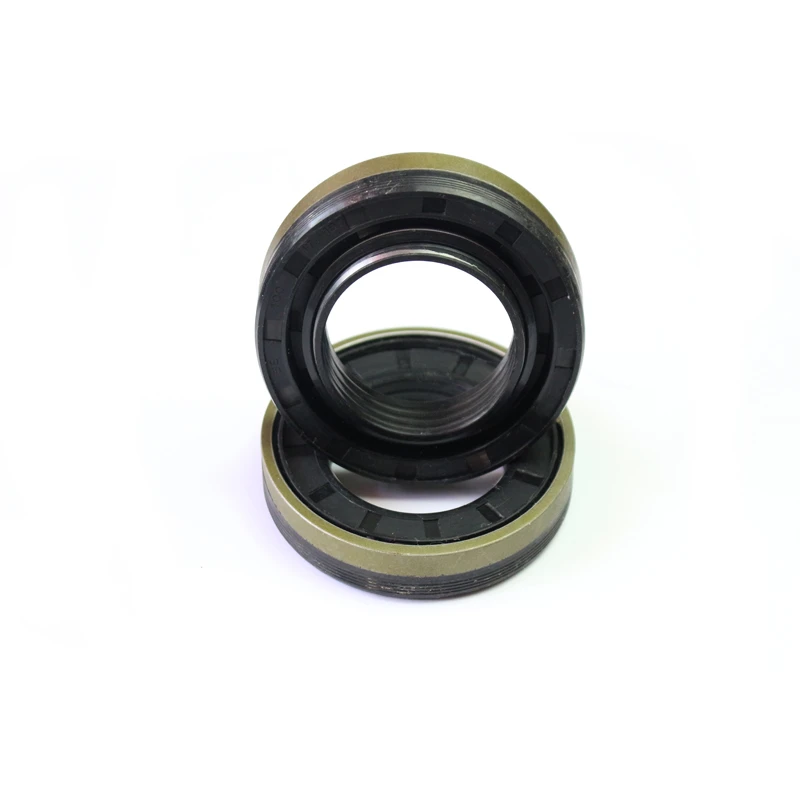Front Crankshaft Oil Seal Replacement for 300TDI Engine Maintenance
The Significance of the Front Crankshaft Oil Seal in the 300 TDI Engine
The 300 TDI engine, renowned for its durability and reliability, has become a favorite among off-road enthusiasts and Land Rover aficionados. One critical component of this engine that often flies under the radar is the front crankshaft oil seal. Although small in size, this component plays a pivotal role in engine performance and longevity.
Understanding the Role of the Front Crankshaft Oil Seal
The front crankshaft oil seal is designed to prevent engine oil from leaking out from the crankshaft’s front area. It operates between the crankshaft and the timing cover, creating a barrier that keeps oil contained within the engine. This is essential for maintaining the proper lubrication of the engine's moving parts, ensuring optimal performance.
When the engine runs, the crankshaft spins at high speeds, and without a functional oil seal, oil could escape, leading to a catastrophic drop in oil levels. This not only endangers the engine's integrity but can cause severe damage, resulting in costly repairs or even engine failure.
Signs of a Failing Oil Seal
Over time, the front crankshaft oil seal can wear out or become damaged due to factors such as heat, pressure, and contamination. Early detection of a failing oil seal is crucial to prevent extensive damage. Some common signs of a faulty oil seal include
1. Oil Leaks The most obvious sign is the presence of oil leaks on the ground beneath the vehicle. If you notice pooling oil, especially around the front of the engine, the oil seal may need replacement.
3. Oil Pressure Warning Light A malfunctioning oil seal can trigger the oil pressure warning light on the dashboard. If this occurs, it's crucial to investigate immediately.
Replacing the Front Crankshaft Oil Seal
300tdi front crankshaft oil seal

Replacing the front crankshaft oil seal in a 300 TDI engine, while a manageable task for experienced DIYers, requires attention to detail and proper tools. Here’s a simplified guide
1. Preparation Ensure that the vehicle is on a flat surface, and disconnect the battery to avoid any electrical mishaps.
2. Remove Components Detach the timing belt and any associated components to access the crankshaft and oil seal. This may involve removing the harmonic balancer and possibly the timing cover.
3. Replace the Seal Carefully remove the old oil seal using a seal puller or other suitable tools. Clean the seating area and install the new seal, ensuring it is seated evenly and not damaged in the process.
4. Reassembly Once the new seal is in place, reassemble all previously removed components, taking care to follow the manufacturer’s torque specifications.
5. Testing After reassembly, run the engine and check for oil leaks. Ensure that the oil pressure is within normal limits and monitor for any unusual noises.
The Importance of Maintenance
Regular maintenance is key to ensuring the longevity of the 300 TDI engine, including the front crankshaft oil seal. Routine checks for oil levels, leaks, and overall engine health can catch issues before they escalate. Using high-quality oil and filters can also enhance the lifespan of the oil seal and engine components.
Conclusion
The front crankshaft oil seal may seem small compared to the overall engine, yet its importance cannot be overstated. Keeping an eye on its condition can save Land Rover owners from potential engine problems down the line. As one of the many components that make up the robust 300 TDI engine, proper care and timely replacement of the oil seal are essential to maintaining the performance and reliability that this engine is known for. Whether you’re a seasoned mechanic or a DIY enthusiast, understanding this vital part of your engine will ensure you keep your vehicle running smoothly for years to come.
-
Simplifying Oil Changes: A Comprehensive Guide to Oil Drain Plugs and Their Variants
News Aug.04,2025
-
Mastering Oil Drain Maintenance: Solutions for Stripped, Worn, and Upgraded Oil Plugs
News Aug.04,2025
-
Fixing Oil Pan Plug Issues: Leaks, Stripped Nuts, and the Right Replacement Solutions
News Aug.04,2025
-
Everything You Need to Know About Oil Drain Plugs: Sizes, Fixes, and Upgrades
News Aug.04,2025
-
Choosing the Right Oil Drain Plug: A Guide to Sizes, Materials, and Drain Innovations
News Aug.04,2025
-
A Complete Guide to Automotive Drain Plugs: Types, Problems, and Innovative Solutions
News Aug.04,2025
-
The Ultimate Guide to Car Repair Kits: Tools and Essentials Every Driver Should Own
News Aug.01,2025
Products categories















